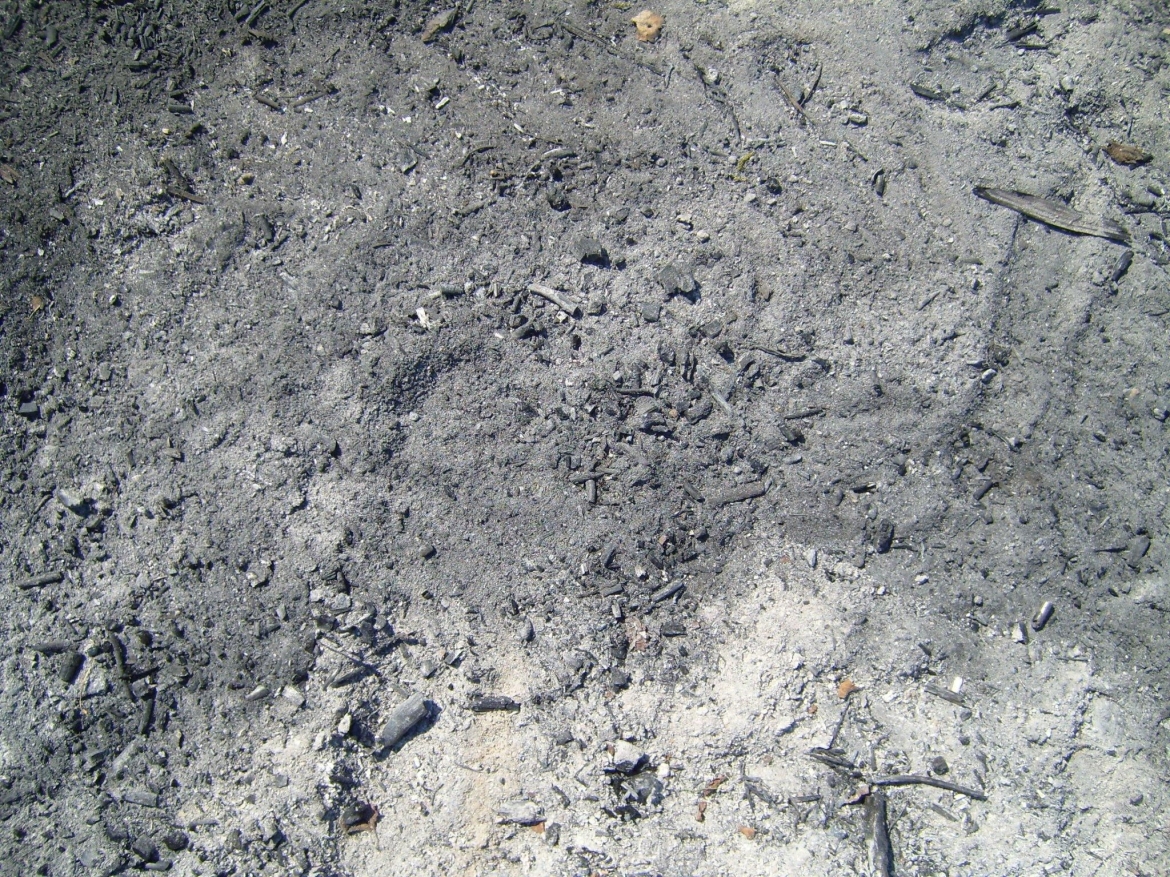Retrospective – Dish the Dirt
I recently started working with a team who have been together for 18 months. A few discussions with the team revealed that there were a few issues that had been raised time and time again in their Sprint Retrospectives that they felt were beyond their control. They had now given up trying to remove these impediments to their progress.
I devised this retrospective in an attempt to help the team create different perspectives on these problems to see if this would help them find solutions.
What you’ll need:
- Paper and pens
- Dots to vote with
- A microphone or other form of talking stick
- A recording device
Step 1: Setting the stage
Explain to the team that this retrospective takes the format of an episode of Dr. Phil. However, before our problems can be aired on “Dish the Dirt”, we have to write in and get selected to appear on the show.
Step 2: Gathering Data
a. Ask the team to each write a letter into “Dish the Dirt” describing a problem and giving reasons why they think their problem should be on the show.
b. Once each team member has written their letter, they take it in turns to read them out to the team.
c. Give the team 3 sticky dots and ask them to vote on the letter or letters they’d most like to see on the show.
Step 3: Generating Insight
Next, we allocate the roles for the show, we need the following:
a. The Protagonist – the team member who wrote the top voted letter.
b. The Antagonist – a team member to represent the alternative view.
c. The host of the show – this can be another team member or the facilitator. As the facilitator, it’s easier to ‘produce’ the show if another team member assumes this role
d. The audience – the rest of the team.
As per an episode of Dr. Phil, encourage the host to first interview the protagonist. Then get them to reveal the antagonist is waiting in the wings and let them express the alternate view. Next, ask members of the audience for their views. This can go around as many times as is needed or until the timebox is up.
Remind the team that the microphone is a talking stick and that they can only talk if they have the microphone. Set a timebox for the show. Give the microphone to the host of the show. Start the recording device and go!
Step 4: Deciding what to do
Once everyone has had their say, start a discussion by asking the team what are the options? I asked each team member to write down 2 options on post-it notes. We then went around the table asking the team to read out the options they had.
Start another timebox and ask the team to discuss the options in front of them. I took notes and at moments when there was a lapse in conversation, I would reflect back to the team what they had been discussing. Once the conversation got to an end or the timebox was up, I asked the team what are the next/first steps? I recorded these steps as SMART goals in the form of what, when and who.
You can then repeat steps 3 and 4 for as many of the letters written into the show as your total timebox will allow. Remember to tackle them in priority order by taking the top voted items first.
Step 5: Closing the retrospective
I asked the team to vote gladiator style – thumb up, thumb down, thumb neutral (to the side) – on whether they thought the retrospective was a good use of their time. Once the votes were in I asked them for any feedback and concluded the retrospective.
If you like this retrospective and decide to run it, Iet me know how it goes. I’d love to hear your feedback!
